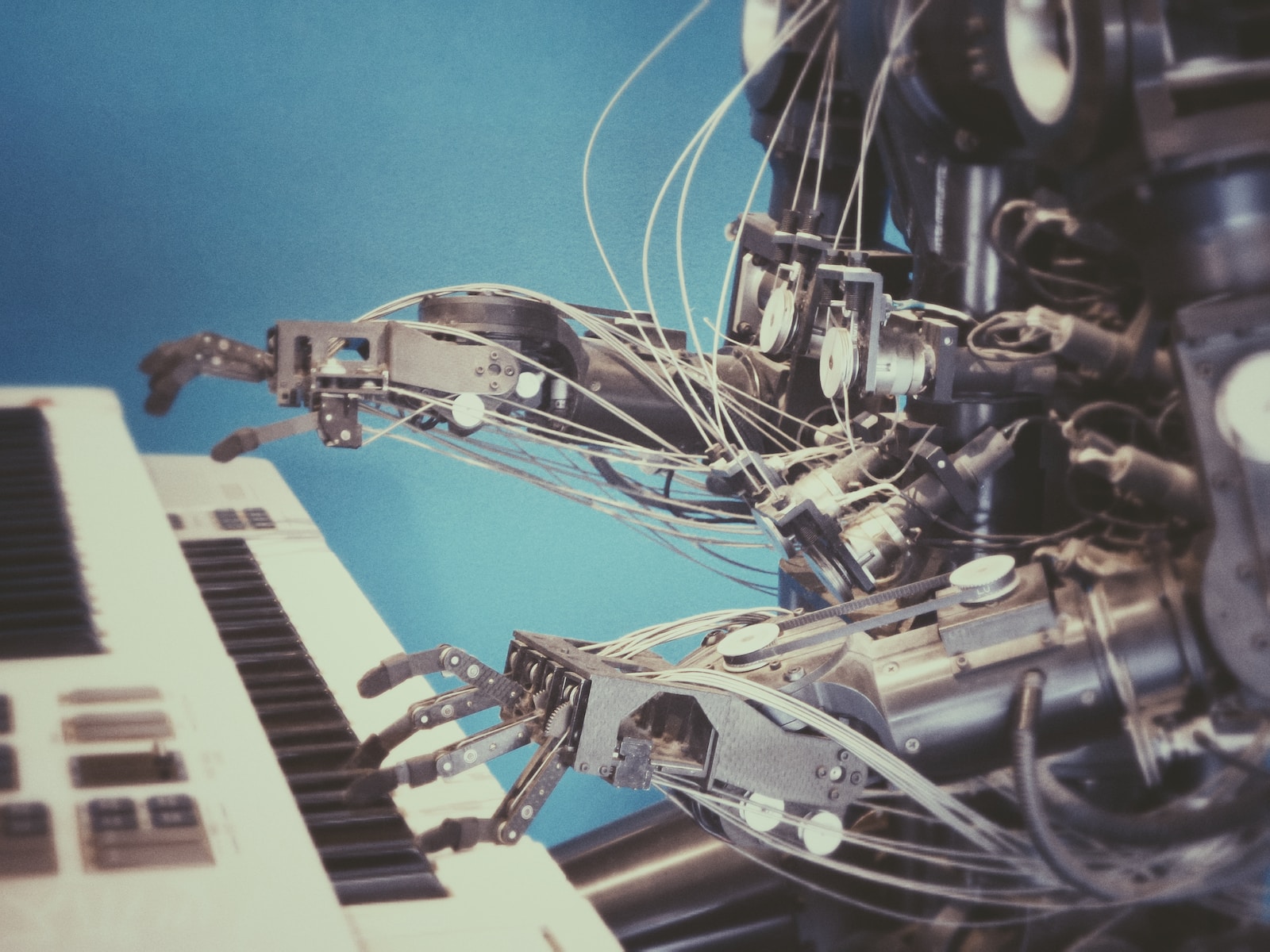
Introduction
Natural Language Processing (NLP) is a groundbreaking field of artificial intelligence that focuses on bridging the gap between human language and machines. With NLP, computers can comprehend, interpret, and generate human language, revolutionizing the way we interact with technology. This article explores the art of Natural Language Processing, the challenges it overcomes, and the remarkable applications that have emerged from this cutting-edge technology.
Understanding Human Language
Human language is incredibly diverse, ambiguous, and context-dependent. Understanding and interpreting language requires a complex interplay of syntax, grammar, semantics, pragmatics, and world knowledge. For computers to effectively process and understand human language, NLP algorithms need to be designed to capture and analyze these intricate linguistic nuances.
Challenges in NLP
1. Ambiguity and Polysemy:
Words and phrases often have multiple meanings based on context. Resolving ambiguity and identifying the correct interpretation of a word or phrase within a specific context is a significant challenge in NLP. For instance, the word “bank” can refer to a financial institution or the edge of a river, depending on the context.
2. Named Entity Recognition (NER):
Identifying and categorizing proper nouns, such as names of people, organizations, locations, and dates, is essential in language understanding. NER systems must be capable of recognizing and extracting such entities accurately from text to provide relevant information to users.
3. Sentiment Analysis:
Sentiment analysis involves determining the emotions and opinions expressed in a piece of text. This task is crucial in understanding customer feedback, social media sentiments, and public opinions on various topics. NLP algorithms analyze language patterns and linguistic cues to ascertain sentiment accurately.
4. Language Diversity:
NLP must account for the vast diversity of languages, dialects, and regional variations around the world. Building NLP models that can handle multiple languages and language-specific nuances is essential for global applications.
The Art of NLP: Techniques and Applications
1. Text Classification:
NLP techniques like machine learning and deep learning are used for text classification tasks. This includes spam detection, sentiment analysis, topic modeling, and categorizing text into predefined classes.
2. Machine Translation:
NLP powers machine translation systems like Google Translate, enabling real-time translation between different languages. Neural Machine Translation (NMT) models, a recent advancement in NLP, have significantly improved translation accuracy.
3. Speech Recognition:
NLP algorithms enable speech recognition systems like Siri and Google Assistant to transcribe spoken language into text. These systems utilize various techniques, including Hidden Markov Models (HMMs) and deep learning, to convert speech to text accurately.
4. Question Answering:
NLP models can understand user questions and provide relevant answers, as seen in chatbots and virtual assistants. These systems use techniques like question parsing, information retrieval, and machine learning to deliver accurate responses.
5. Text Generation:
NLP is also applied to text generation tasks, where algorithms can create human-like text based on specific prompts. This is utilized in applications like text summarization, language translation, and generating creative content.
Conclusion
The art of Natural Language Processing has propelled AI to new heights, enabling computers to understand and interact with human language like never before. The challenges in NLP, such as ambiguity and polysemy, have sparked innovative research and the development of advanced algorithms. The applications of NLP, from speech recognition to machine translation and text generation, are transforming how we communicate with technology and each other.
As NLP continues to advance, it holds tremendous potential in various industries, from improving customer service and information retrieval to supporting multilingual communication and assisting individuals with disabilities. The art of Natural Language Processing is an ever-evolving discipline that promises to shape the future of AI, bringing us closer to seamless human-machine interactions and enriching our daily lives with language understanding technology.





https://shorturl.fm/yxT4j